Basil is a herbaceous annual or perennial plant, depending on the sort. There are about 150 varieties, that come from the tropical or warmer regions of the Old World.
Its name comes from the old Greek word basilikohn, meaning "kingly", since the ancient Greeks thought this herb to be holy.
The different varieties of basil are distinguished by their outer appearance and taste. They are used for decorative, aromatic and culinary purposes. Certain types are also used traditionally - as an herb.
Here are some of the most popular among them:
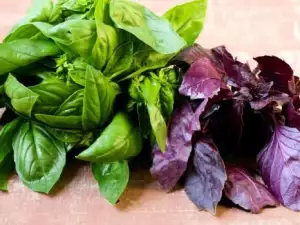
Genovese basil. An annual plant with relatively large leaves and a very pleasant aroma. This is perhaps the most common and most used basil in the cherished Italian cuisine. It is often added to sauces in traditional Italian pasta and pizza, summer salads and in the preparation of Pesto.
African blue basil. A perennial plant, coming from Africa, India and Southeast Asia. It distinguishes itself both by flavor and by appearance from other familiar varieties. Traditional folk medicine uses it as a food preservative. It has antibacterial and analgesic effects, especially when it comes to intestinal problems. Often it is also used as a mosquito repellent, as well as an aphrodisiac in local folk medicine.
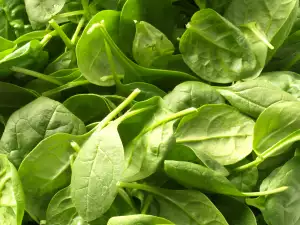
Greek basil. An annual plant, most suited for planting in a pot. In cooking, it is used as all other types of basil.
Holy basil, Tulasi. An annual plant, coming from India and Nepal. This type of basil is used in Ayurvedic traditional medicine. It has a religious and cultural significance in Hinduism. In India, it is found in every home. Highly flavorful, it is used as a spice in Thai cuisine.
Red rubin basil. An annual plant with dark red to purple colored leaves. Appropriate for use as a decorative plant in an herbal garden, as well as a spice.
There are also many other cultivars of basil, astounding in their variety - cinnamon basil, lemon basil (in Southeast Asia), lime basil (in America), pineapple basil (in Thailand), dark opal basil and others.
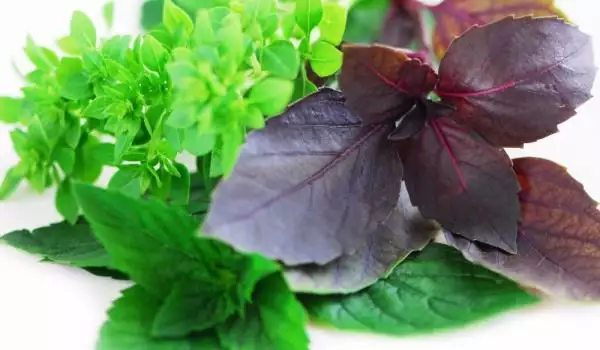
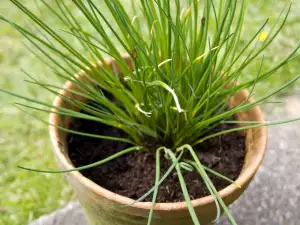
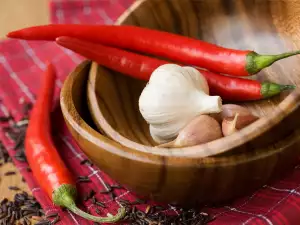
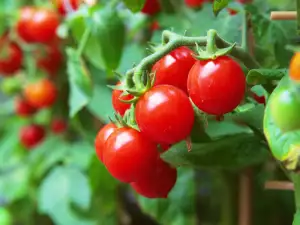
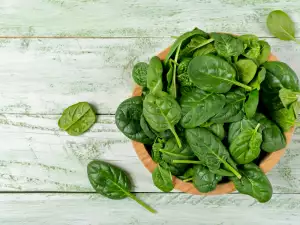



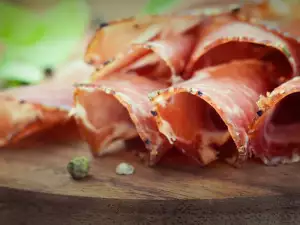



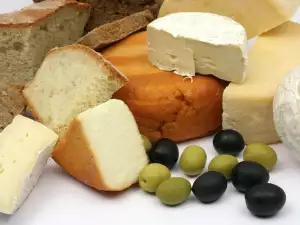







Comments